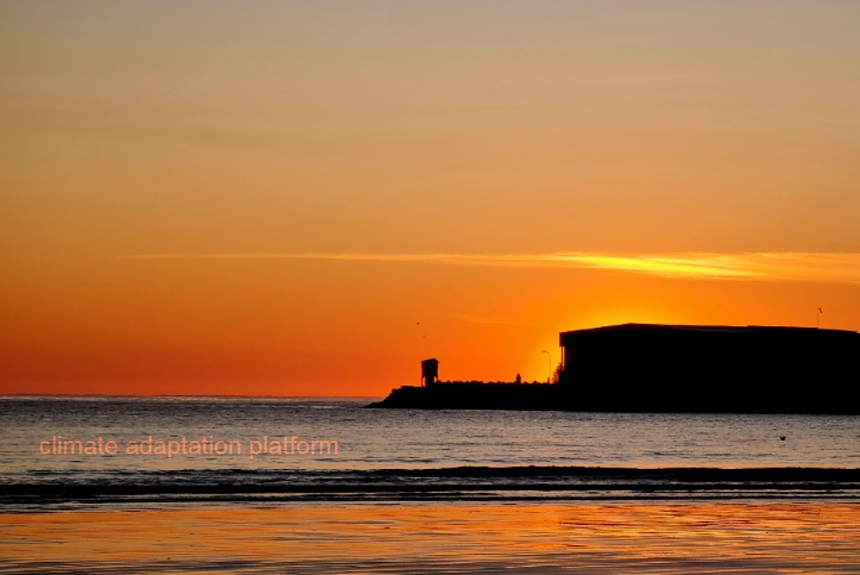Communities in low-lying inland and coastal areas around the world and New Zealand face challenges with climate change and sea level rise.
According to NIWA, coastal hazards in New Zealand include coastal flooding, shoreline erosion, tsunami, groundwater salinisation and interaction between coastal processes, and other threats like fluvial flooding.
Climate change and sea level rise will further exacerbate these coastal hazards. The result is a rise in sea level that will not only affect the open coast but also allow high tides and the effects of storms to reach further inland.
Coastal monitoring is vital in mitigating and adapting to future coastal hazards. The study, A Methodology for National Scale Coastal Landcover Mapping in New Zealand, published in the journal Remote Sensing in September 2022 by researchers Benedict Collings, Murray Ford, and Mark Dickson from the University of Auckland, offers a new methodology for coastal landcover classification using a combination of public multispectral and SAR satellite data enabling the first national-scale pixel-based coastal specific landcover classification for the open coast of New Zealand.
The paper describes a pixel-based technique to analyse coastal change. The authors have developed a hybrid rule-based and machine learning methodology using a combination of Sentinel multispectral and Synthetic Aperture Radar composite imagery. They use the approach to provide the first national-scale pixel-based landcover classification for the open coast of New Zealand.
Applying this technique to identify nine land cover types, including vegetation, rock, and sedimentary classes common on beaches (dark sand, light sand, and gravel) in various coastal areas of the country, they find a high level of accuracy from 86% up to more than 90% when normalised for the class area.
Combining optical and Synthetic Aperture Radar data improved overall accuracy by 14% and enhanced the separation of coastal sedimentary classes. Comparison against a previous classification approach of sandy coasts indicated improvements of 30% in accuracy.
Pixel-based techniques allow assessing change across the coastal zone rather than condensing information to focus on single shoreline proxies. Accurate identification of land cover types is an initial step in per-pixel change detection, working toward assessing change across the coastal zone rather than just the change in the position of the shoreline to reduce environmental uncertainty in change analysis.
Sediment supply is a fundamental driver of coastal change and evolution in long-time instances, and this method presents the opportunity to assess changes in sediment supply. For example, decreases in supratidal sand could indicate that sediment delivery is diminishing for a given beach.
Detection and further separation of the vegetation class could also provide a high-level overview of vegetation at the coast to understand better how this land cover is changing and the implications this has in the context of coastal evolution.
This workflow presents the opportunity to investigate changes by sediment type around the New Zealand coast, including other coastal-specific classes.
The result of the study using a combination of optical and SAR data provides an accurate method of coastal land classification, allowing for high-level analysis and detection of coastal changes taking place in New Zealand using per-pixel techniques beyond mapping a single shoreline proxy using remote sensing satellite data.
The information gained from such an approach can inform coastal management practices and anticipate their vulnerability to climate change.
The outputs and code are freely available and open-source, providing a new framework for per-pixel coastal landcover mapping for all regions where public earth observation data is available.
Read the full study by clicking the link in the “Source” section below.
Source:
Collings, B., Ford, M., & Dickson, M.. (2022). A Methodology for National Scale Coastal Landcover Mapping in New Zealand. Remote Sensing, 14(19), 4827. https://doi.org/10.3390/rs14194827



Leave a Reply